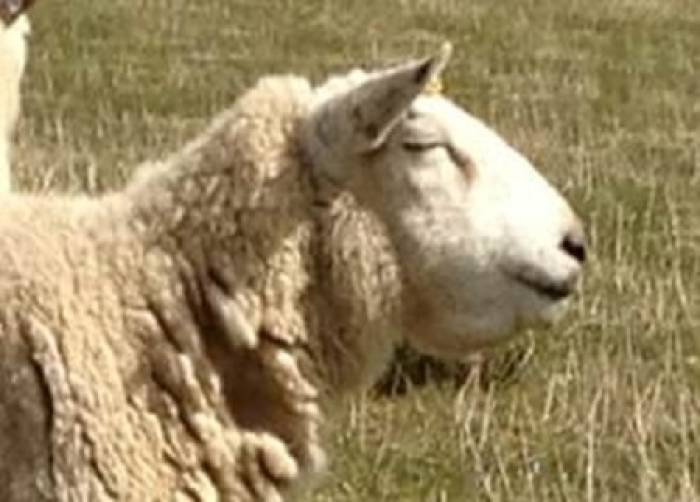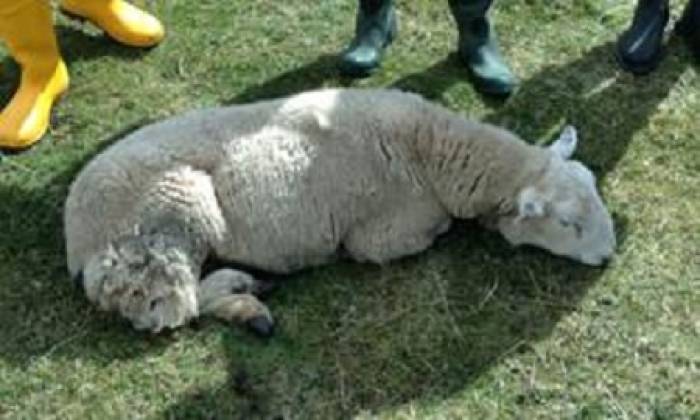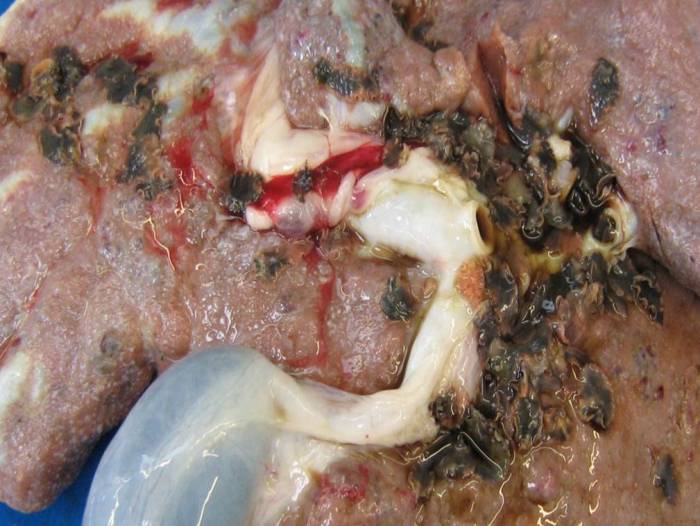The threat of liver fluke varies from year to year, from farm to farm, and even from field to field. Therefore, it is really important to risk-assess and test for liver fluke in individual flocks before treatment with a flukicide. It is also important to understand the liver fluke lifecycle, because the detection (and treatment) options vary according to the level of maturity of the liver fluke present.
A risk assessment must take into account the farm history, topography, geographical location and weather patterns, using fluke forecasts where possible. SCOPS works with the Control Of Worms Sustainably (COWS) group to issue fluke forecasts/warnings through autumn and winter. The National Animal Disease Information Service (NADIS) also provides free forecasting services.
The presence of liver fluke can be monitored in a number of ways:-
In addition to testing, keeping records of areas on the farm most likely to present a risk of liver fluke can be a very useful tool.
Overuse of flukicides speeds up the development of anthelmintic resistance, can pose a risk to the environment and wastes time and money. Therefore, it is vital to monitor the situation each year even on farms that have a history of fluke infection. Continued monitoring can help determine the need for any further treatments.
For vets/advisers, find more information on diagnosis and treatment in the SCOPS Technial Manual. Chaper 3.4.3.


